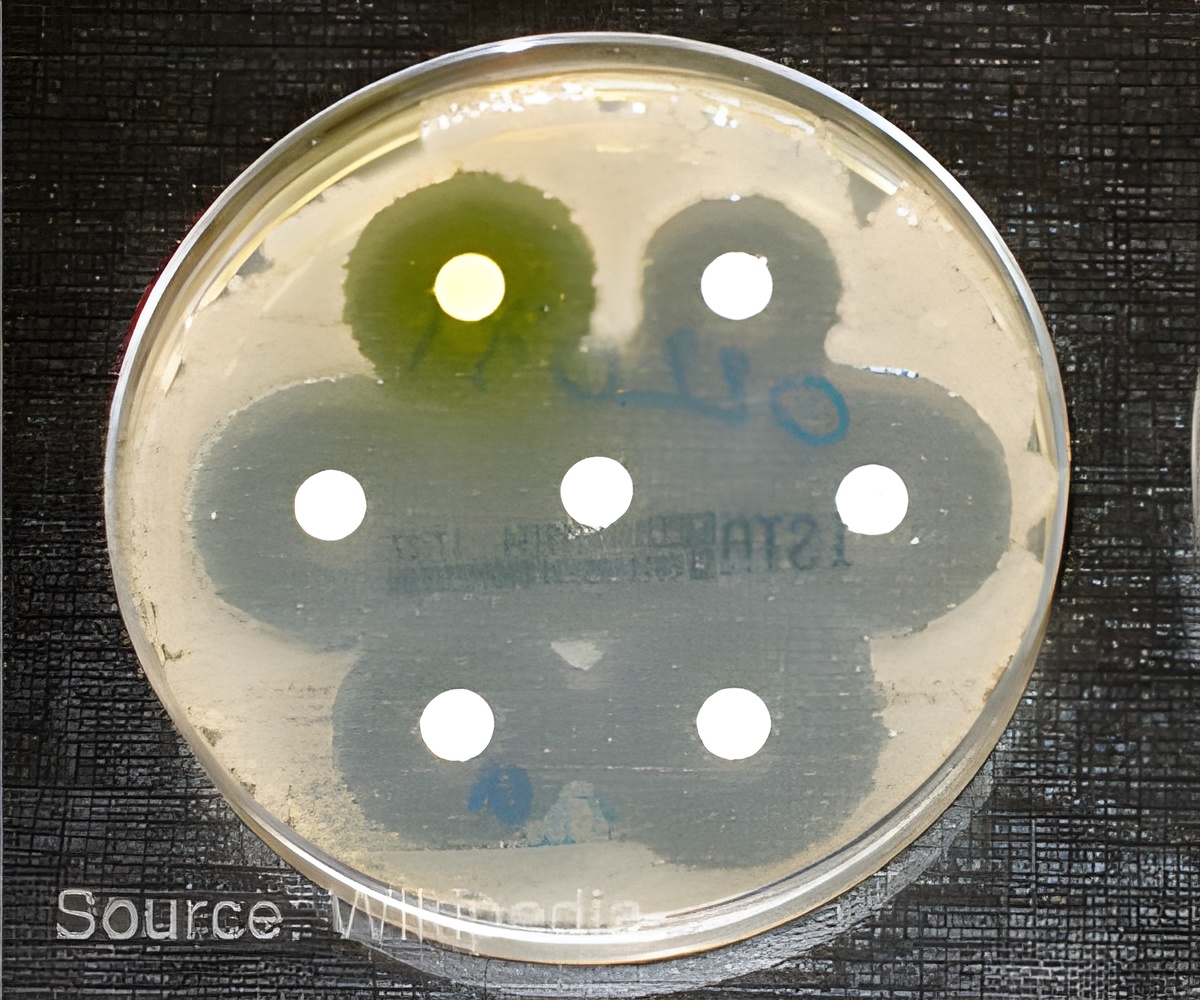
‘TEM beta-lactamase enzyme enables bacteria to develop a resistance to antibiotics, such as penicillin and cephalosporins.’
Tweet it Now
Researchers have been trying to figure out exactly what is happening when an enzyme binds to another molecule and ultimately, how that enzyme becomes resistant to antibiotics. The team of researchers at the Boxer Lab is using an existing technique called the vibrational Stark effect (VSE) in a novel way to measure a molecule's electric field when the enzyme and molecule are attached at different times during the enzyme's evolution to becoming resistant to antibiotics. The team measured the electric fields generated by a TEM beta-lactamase enzyme attached to two different molecules and the vibration of the chemical bonds in these molecules in the hopes that they will find what makes the enzyme develop a resistance to cephalosporins antibiotics.
Source-Eurekalert















